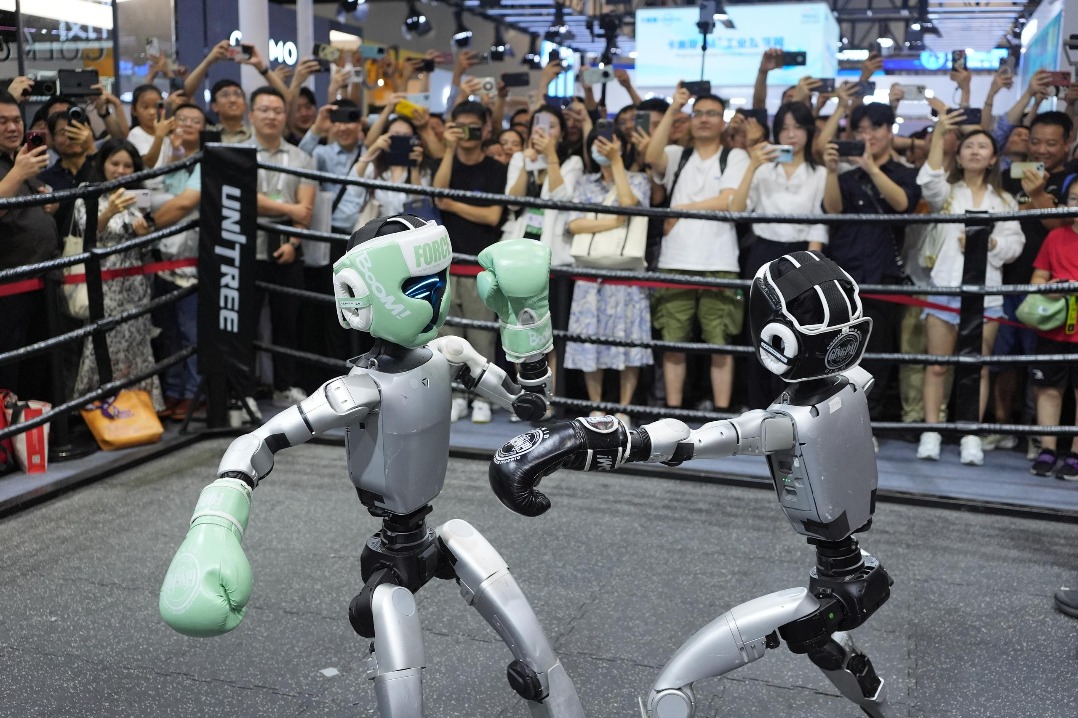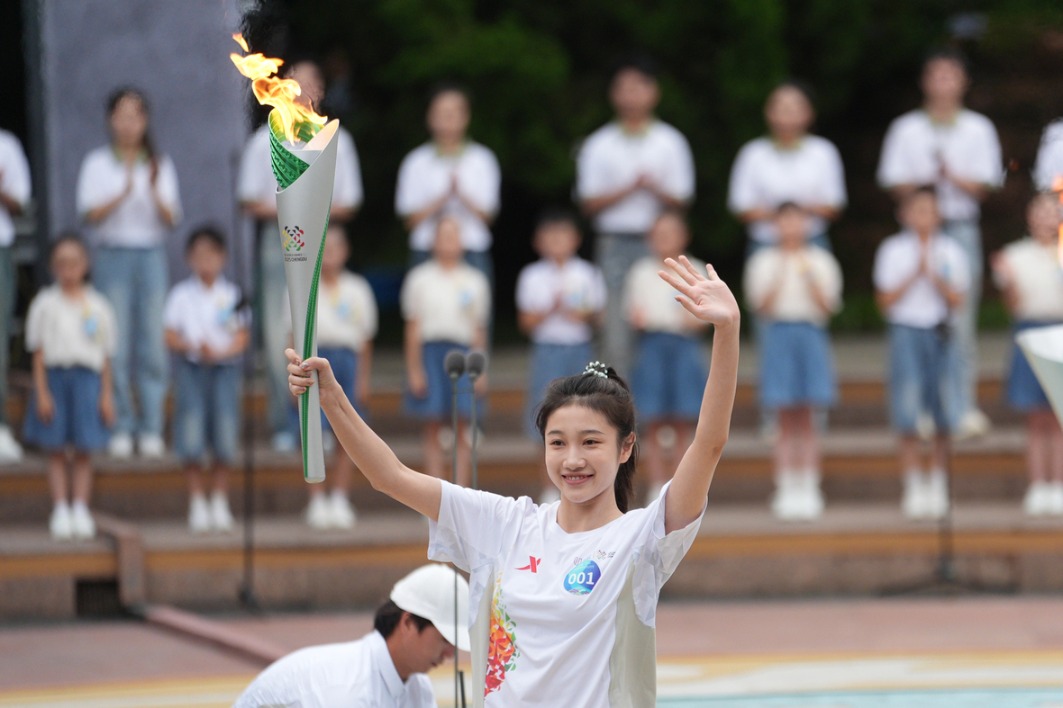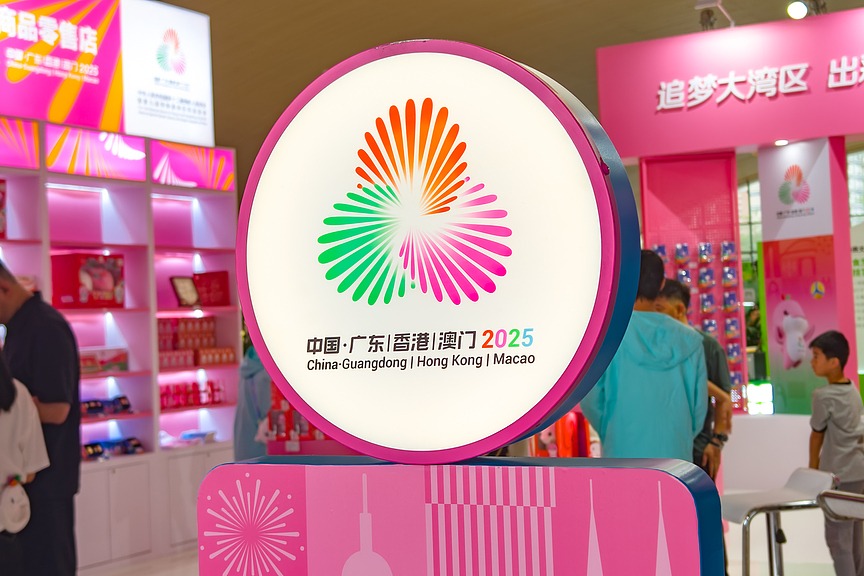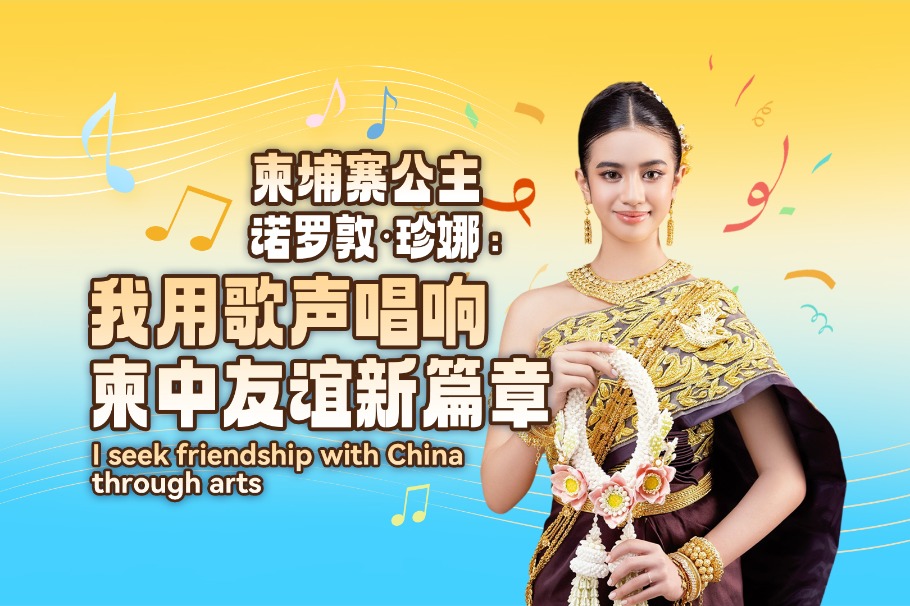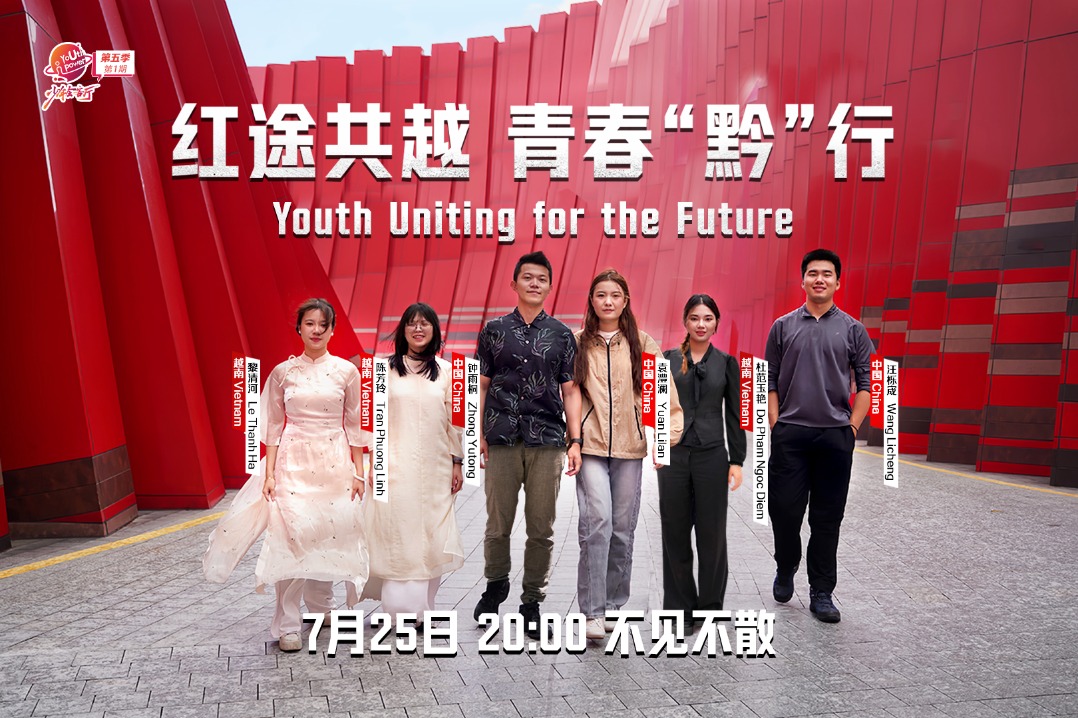What's on

Museum donations
Since its official opening in 1963, the National Art Museum of China has accumulated a collection of more than 110,000 works of art and crafts. Part of this collection has been donated by artists and their families and friends, as well as by private collectors in the country and abroad. Beauty in the New Era, an exhibition at the NAMOC through to Jan 3, shows nearly 600 paintings, calligraphy pieces and sculptures that the museum has received as gifts from donors over recent years. This includes a donation made by the four children of late novelist Lao She (1899-1966) and his painter wife Hu Xieqing. The couple was on good terms with artists, and assembled a collection of classic Chinese painting and calligraphy as gifts or commissions from their friends. There is also a sculpture on show donated by Xiong Bing'an, widow of Chinese-French artist and scholar Hsiung Pingming (1922-2002). He taught Chinese culture, philosophy and calligraphy at the Institute of Oriental Languages and Civilizations of the New Sorbonne University — Paris III for nearly 30 years. Meanwhile, he painted, drew and sculpted, revealing the scope and depth of his studies in Chinese literature, philosophy and calligraphy.
9 am-5 pm, closed on Mondays. 1 Wusi Dajie, Dongcheng district, Beijing. 010-6400-1476.
Academy artists
When the China National Academy of Painting was established more than four decades ago, its first president, prominent artist Li Keran (1907-89), viewed one of the institution's missions as being able to discover and cultivate younger-generation artists and to build a launchpad for them. This has become essential to the academy's work since then. Exhibitions are mounted regularly to introduce to the public the recent creations of resident painters in their youth and middle ages. Harmony Between Nature and Human, an exhibition on at the China National Academy of Painting through to Friday, shows artworks of the institution's 23 painters and sculptors, reflecting some new dimensions of artistic exploration and social development.
9 am-5 pm, daily. 54 Xisanhuan Bei Road, Haidian district, Beijing.010-6841-2606.
Two generations
The reform of Chinese ink art has taken on new features since the 1980s, with home artists integrating more into the international art scene, venturing into vanguard approaches. Ink Art: In a New Spirit, an exhibition now on at University Arts Centre of the Chinese University of Hong Kong in Shenzhen, juxtaposes the experimental works by ink artists of two generations. The earlier group represented by Wang Tiande, Wang Shuye and Zhang Quan on show, experienced the art movements in the 1980s and '90s. Their works display an individual interest in historical narratives as an approach to creation, reflecting on the rules of the world and exhibiting a philosophical outlook. The other 10 artists come from a younger group. Their works highlight a greater exposure to cultural trends. Curated by Wei Xiangqi, the exhibition closes on Dec 18. It is the themed show of the third Culture and Arts Festival at the university that tends to engage people in traditional culture and generate ideas.
10 am-6 pm, daily. TC101 Space, The Chinese University of Hong Kong, Shenzhen, 2001 Longxiang Boulevard, Longgang district, Shenzhen, Guangdong province.



















